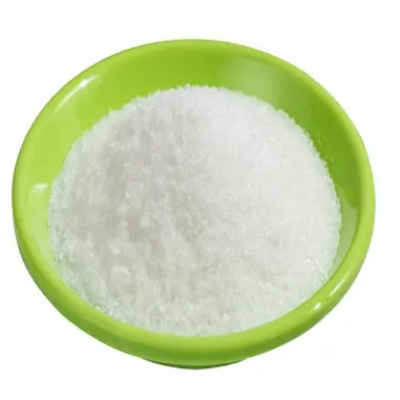Tebufenozide CAS:112410-23-8
Tebufenozide is widely utilized in agricultural practices for integrated pest management (IPM) strategies aimed at controlling harmful insect populations while minimizing environmental impact. Its primary application is in the protection of crops from a range of lepidopteran pests, such as caterpillars and armyworms, which are known for causing significant damage to crops like corn, cotton, soybeans, and vegetables. By targeting the growth and development of these pests, tebufenozide effectively reduces their population and prevents crop losses. One of the key advantages of using tebufenozide is its mode of action as an insect growth regulator. Unlike conventional insecticides that kill pests upon contact or ingestion, tebufenozide disrupts the hormonal regulation of molting, leading to larval death or inability to develop into reproductive adults. This targeted action helps preserve beneficial insects, such as predators and pollinators, thereby promoting ecological balance within the agricultural ecosystem. Tebufenozide is also considered safe for use in various environments, including residential gardens and landscapes. Its low toxicity profile means that it can be applied with minimal risk to humans, pets, and wildlife, making it suitable for organic farming practices where chemical residues must be minimized. In addition to its agricultural applications, research is ongoing to explore the potential uses of tebufenozide in other areas, such as forestry and horticulture, where pest control is essential for maintaining plant health. Furthermore, studies are being conducted to assess its efficacy against emerging pest species and resistance management strategies. Overall, tebufenozide serves as a valuable tool for farmers and pest management professionals, offering an effective and environmentally responsible solution to combat lepidopteran pests while supporting sustainable agricultural practices.
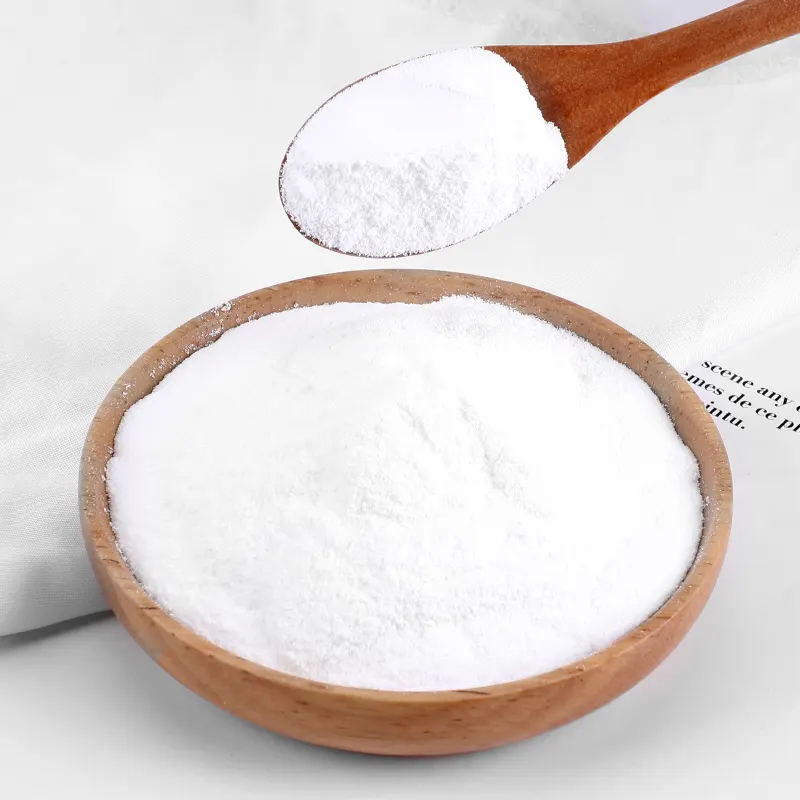
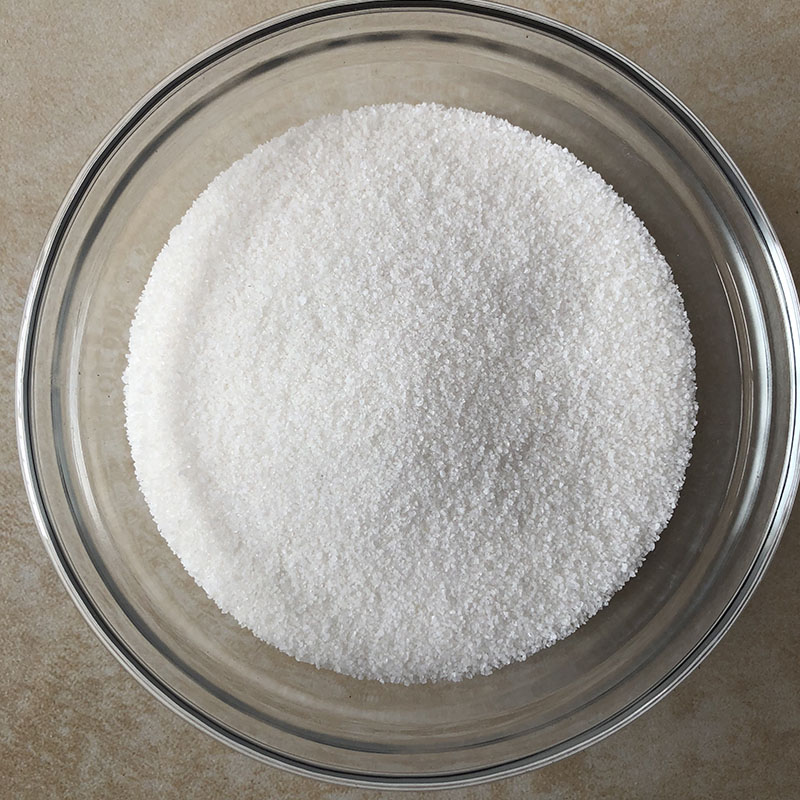

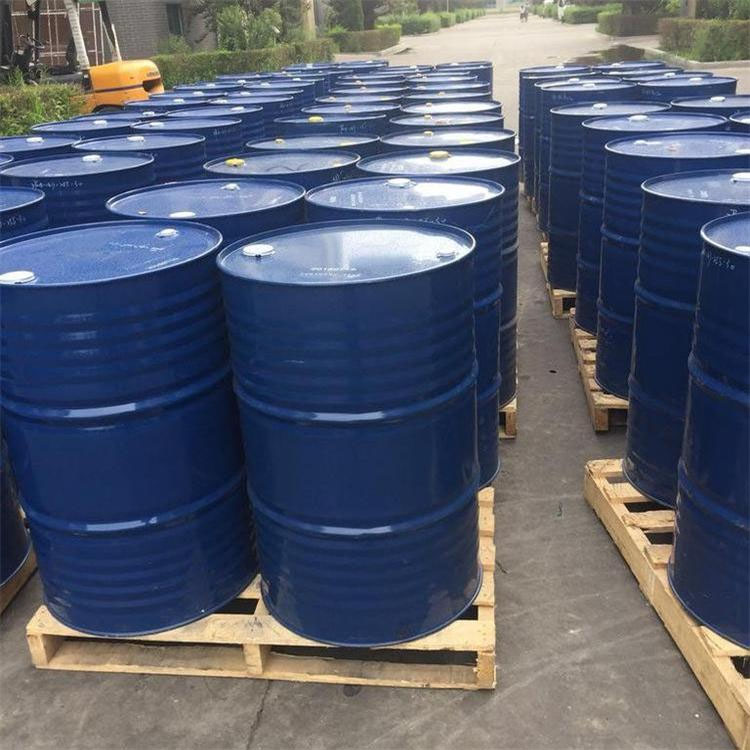


| Composition | C22H28N2O2 |
| Assay | 99% |
| Appearance | white powder |
| CAS No. | 112410-23-8 |
| Packing | Small and bulk |
| Shelf Life | 2 years |
| Storage | Store in cool and dry area |
| Certification | ISO. |





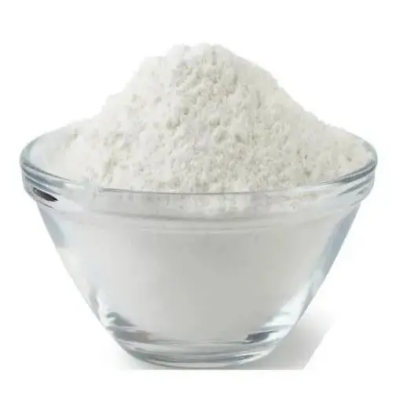

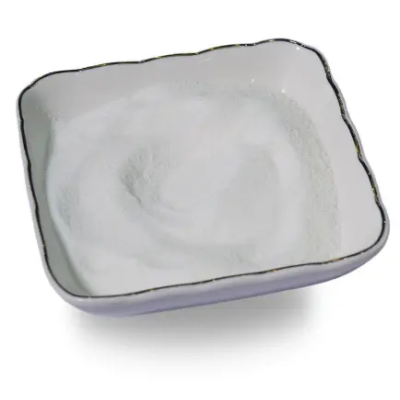
![Pyrazolo[1,5-a]pyrimidin-7-one CAS:29274-23-5](https://cdn.globalso.com/xindaobiotech/1ZNB2ZF342ZWRNG256.png)
